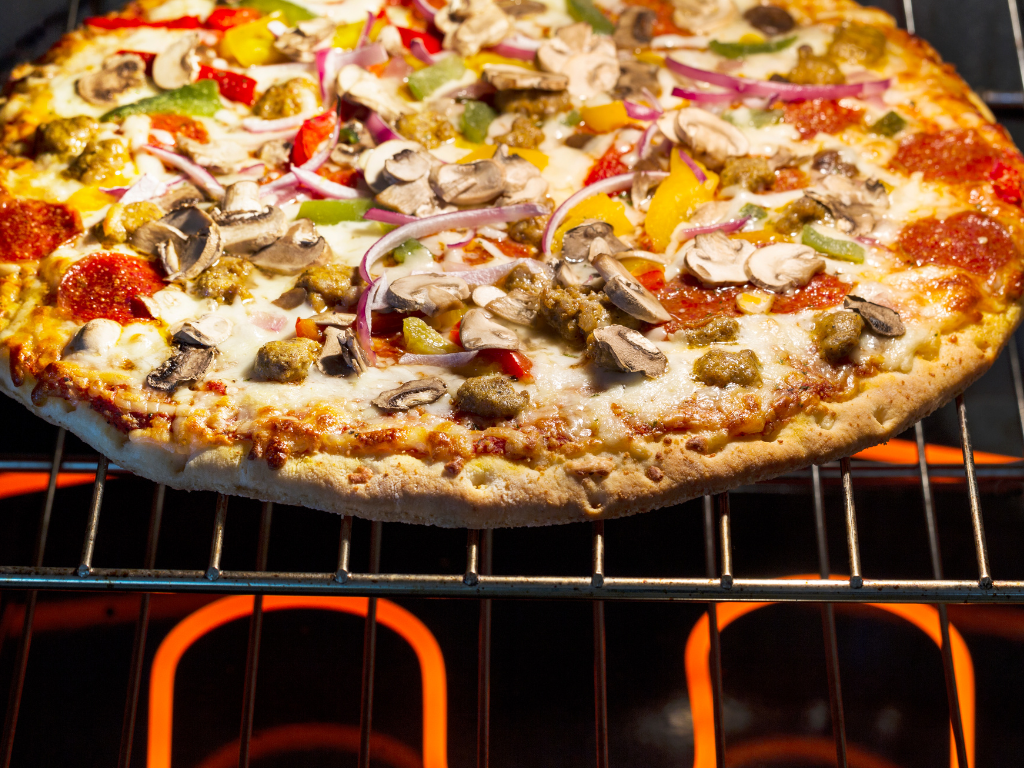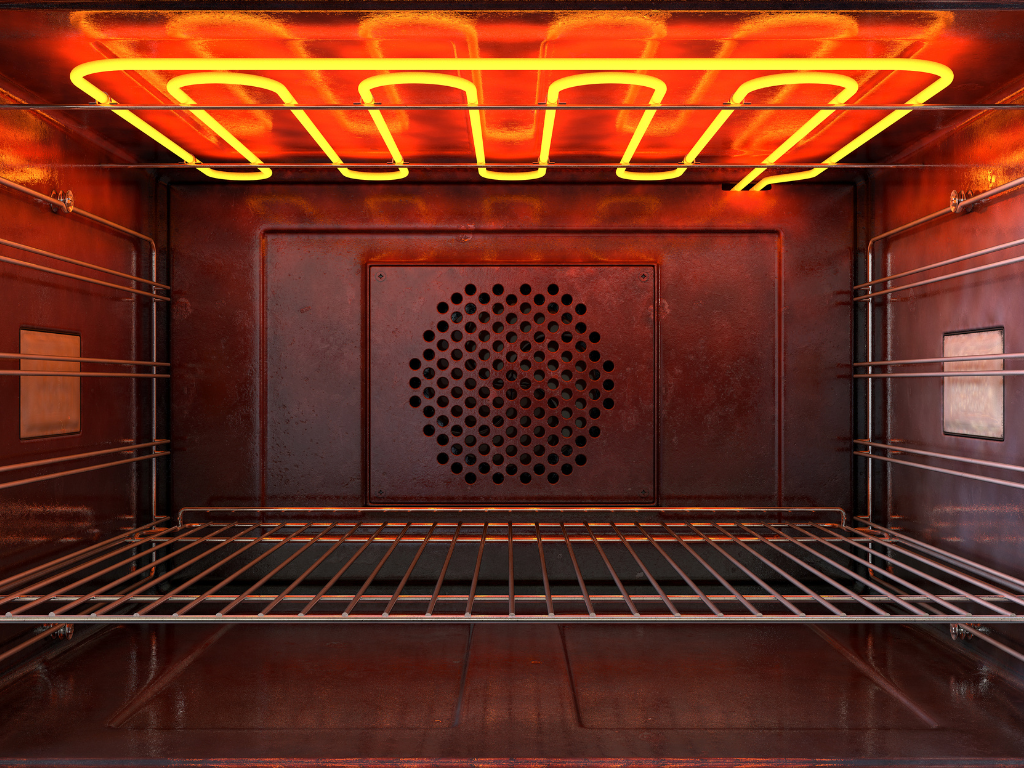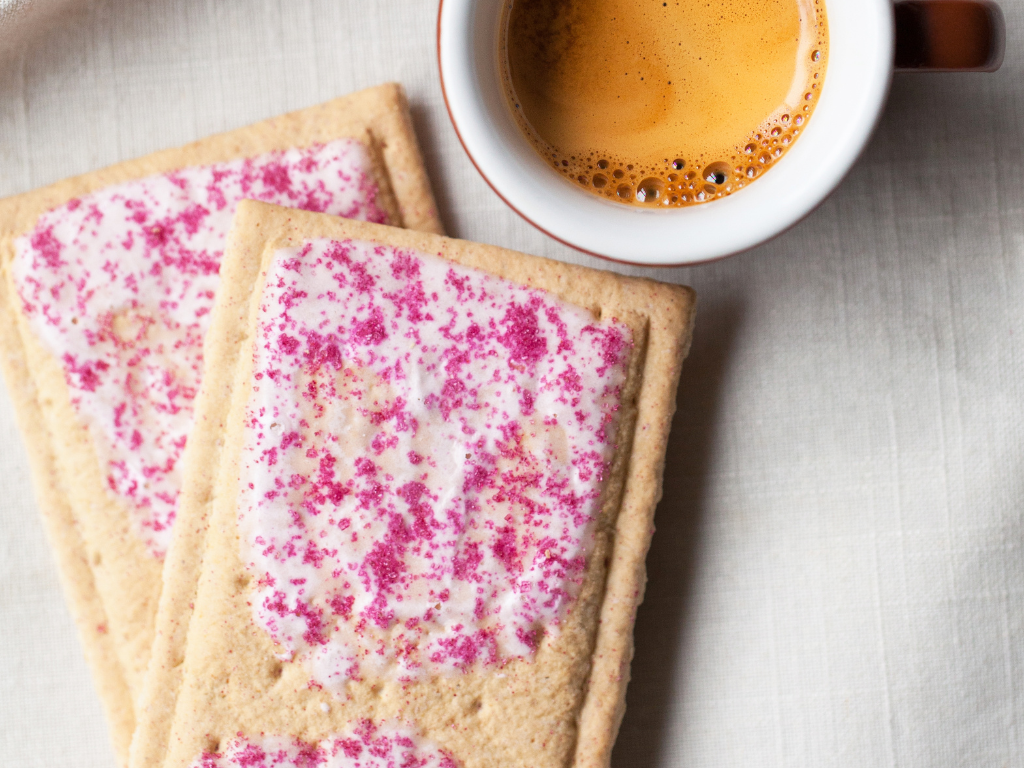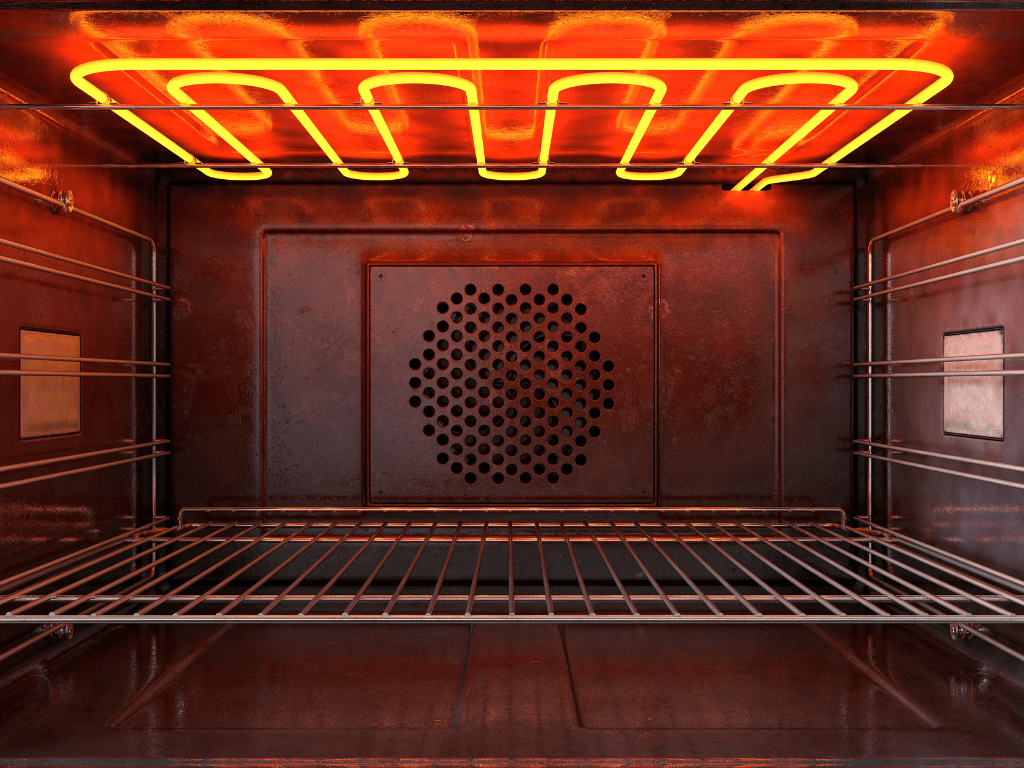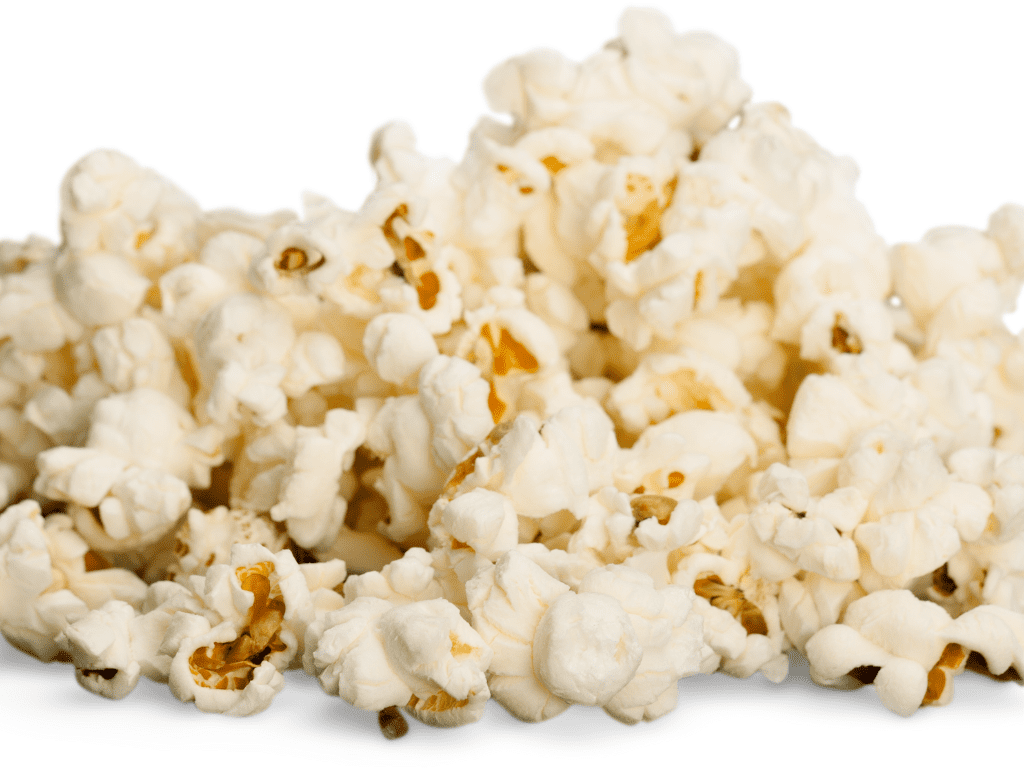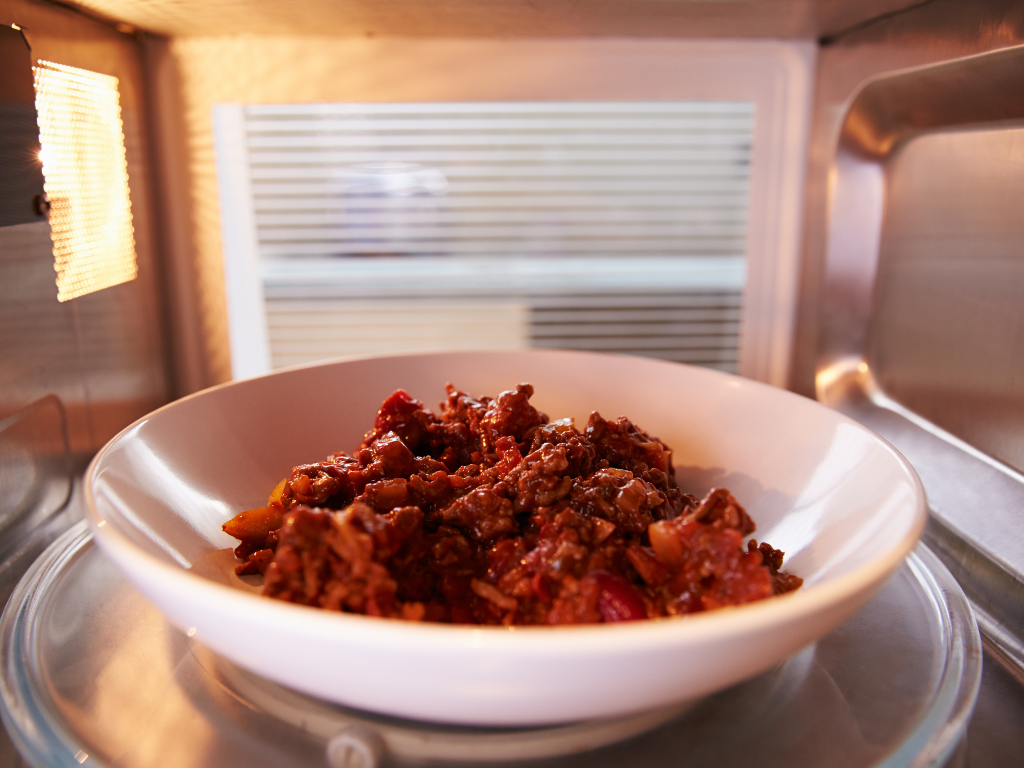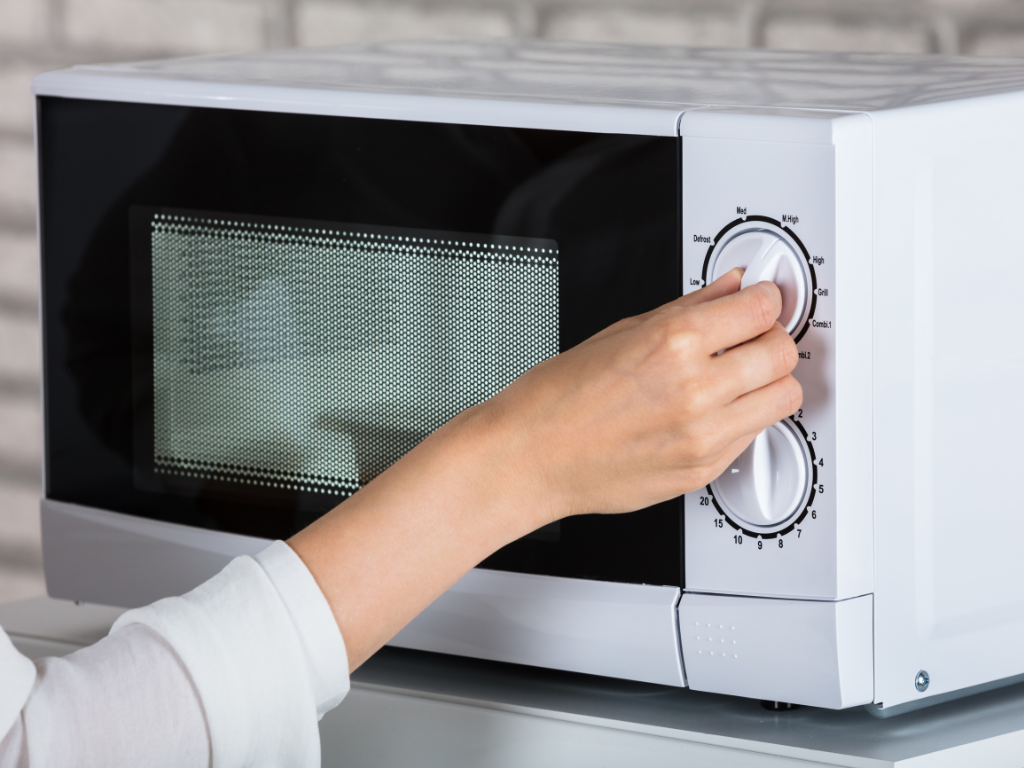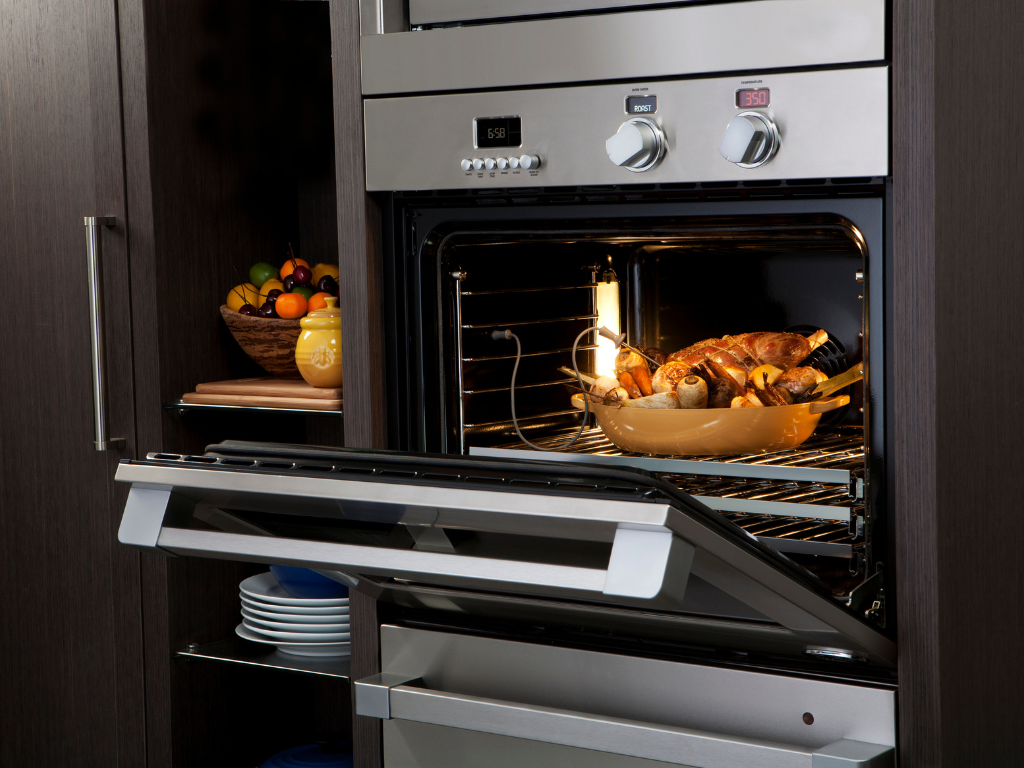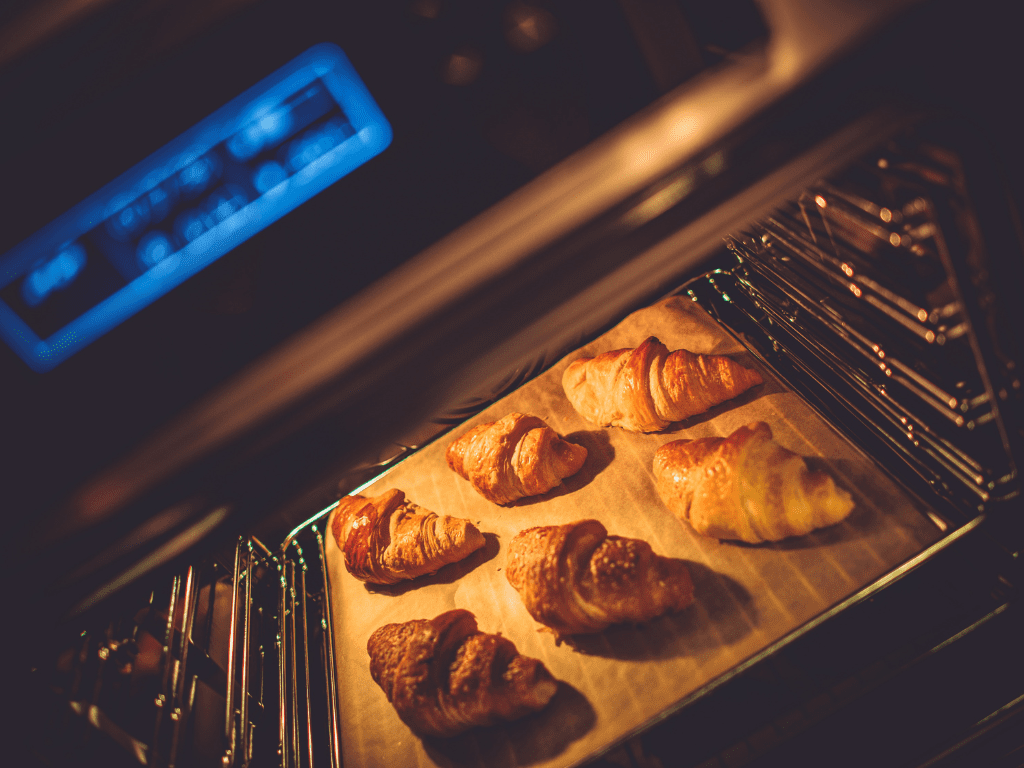
Looking to use vanilla extract in your next dessert recipe? Let me help you! This comprehensive guide will answer all your questions about vanilla extract. Learn everything there is to know from all the different flavors and types of vanilla available to how to use them. Also, learn why it’s so expensive! Keep reading to find out more.
HERE IS EVERYTHING THERE IS TO KNOW ABOUT VANILLA
Vanilla is one of the most repeated ingredients in almost every single baking recipe. You’ll be hard-pressed to find a recipe that doesn’t call for it. It adds flavor depth and is essential for creating the smooth and robust flavor that we love in our baked goods.
It may be one of the most overlooked ingredients in baking, but I’m about to answer all of your questions – even some you didn’t think to ask! In this guide, you’ll learn about where vanilla comes from, how it is used, and what all the different types are.
Let’s get started.
WHAT IS VANILLA EXTRACT?
First, let’s look at what vanilla is. Vanilla is simply a food flavoring primarily used in desserts and sweet drinks.
Pure vanilla extract is a baking ingredient that is extracted from the vanilla bean plant. The entire process is very meticulous. It involves manufacturers slowly percolating chopped vanilla beans with ethyl alcohol and water, usually in steel containers.
They have to monitor the temperature closely and keep it cool in order to maintain as much flavor as possible. Doing all of this takes about 48 hours from start to finish. Then, it sits in the steel drums and waits until the company is ready to bottle and ship it out around the world.
People then use vanilla extract in their cooking, baking, and even to add a vanilla flavor to their mixed drinks.
PURE VANILLA EXTRACT VS. VANILLA ESSENCE – WHAT IS THE DIFFERENCE?
Now that you know what vanilla extract is, let’s look closer at its cheaper lookalike – vanilla essence.
If you have ever been to the grocery store before, you probably saw a really expensive bottle of vanilla extract next to a much more affordable imitation vanilla flavoring. So, what is the difference between them?
The biggest difference between pure vanilla extract and vanilla essence is how much alcohol and water mixture it has. In fact, it’s the Food and Drug Administration (FDA) that regulates whether companies can put real vanilla or imitation on the labels.
FDA regulates a minimum of 13.35 ounces of vanilla beans to a gallon of a minimum of 35% alcohol to 65% water mixture for a product to be labeled as pure vanilla extract.
Imitation vanilla contains a synthetic ingredient called vanillin. This is made with chemicals, not from pure vanilla beans. It is made with:
Water
Ethanol
Propylene glycol
Chemically produced flavors (that vanillin)
Colors
Between the two of them, vanilla extract has a stronger flavor that tastes much more like a pure vanilla bean.
WHERE DOES VANILLA COME FROM?
Vanilla plants that produce beans for pure vanilla extract only grow within 10-20 degrees of the equator. Most of the vanilla beans sold commercially are grown in just three places…
Madagascar
Mexico
Tahiti
WHY IS PURE VANILLA EXTRACT SO EXPENSIVE?
Pure vanilla extract is expensive because it takes so long to produce. For example, it takes 3-5 years for a vanilla orchid to fully mature. Plus, it can only grow in certain areas of the world.
Madagascar produces nearly 80% of the world’s vanilla. In 2018, terrible weather hit Madagascar and caused lots of failed vanilla crops. This made the price of vanilla beans soar to $600 per kilogram – that is 10 times more expensive than before the bad weather.
Remember, cost always follows supply and demand. Vanilla is already tough to produce, and when bad weather makes the supply even smaller, the cost will go way up. There will probably never be a time when there isn’t a demand for vanilla extract.
THE MOST POPULAR VANILLA FLAVORS YOU CAN FIND
~This post may contain affiliate links. If you click one and make a purchase, I may receive a commission at no additional cost to you. I only ever recommend the ingredients or tools I use for my recipes.
Did you know there are more than 300 varieties of vanilla plants? I didn’t- it blew my mind! These vanilla bean plants grow all over the world. Out of those 300 plants, only two are used to produce the commercial vanilla extract.
When you go looking to buy vanilla, these are the kinds you will run into the most (and what makes them different from one other.)
MEXICAN VANILLA
Mexico is known as the birthplace of vanilla because the vanilla orchid (Vanilla planifolia Andrews) originated here. In fact, it was the best-kept secret of the Totonac Indians for centuries!
For more than 300 years, vanilla could only be grown in Mexico, all thanks to a bee. Yes, that little pollinator! Because the Melipona bee was the only insect that could pollinate the vanilla orchid flower, vanilla was only ever grown in Mexico.
As far as flavor profile goes, Mexican vanilla is rich and spicy with woody notes. It tastes similar to clove or nutmeg.
MADAGASCAR VANILLA
Madagascar is an island in Southern Africa, part of the Bourbon Islands. When you hear someone reference Madagascar bourbon, they are actually referring to the region, not the alcohol. The story of how they learned to grow vanilla beans is kinda funny – it all started with a smuggler.
Sometime in the 1790s, a vanilla vine was smuggled to these islands from Mexico. For like 50 years, people struggled to grow the vanilla there. They could grow flowers, but they couldn’t get those flowers to turn into vanilla beans. This is because they didn’t bring the Melipona bee with them. (I told you that bee was important!)
Finally, in 1841 Edmond Albius found a way to fertilize vanilla flowers by hand. Now, with the hot and humid climate of Madagascar and rich soil, hand pollination made it possible to produce enough vanilla beans to sell them commercially.
And, this kind of vanilla extract is a serious contender in baking treats and desserts. Madagascar vanilla has a sweet and creamy flavor. It’s more mellow than the spicier Mexican vanilla.
BOURBON VANILLA
Bourbon vanilla refers to the Bourbon Islands – of which Madagascar is a part. Whenever people search for Bourbon vanilla, they will find the most commonly used variety of vanilla extract. Although all types of vanilla extract contain alcohol, bourbon vanilla refers to the location. It does not have any bourbon whisky in it!
It has the same taste as Madagascar vanilla, so you can use it in the same way.
TAHITIAN VANILLA
Tahiti is an island in the south Pacific. Since it has the same general distance from the equator as Madagascar, it also has the ideal climate for growing vanilla beans.
Tahitian vanilla originated in 1848 when French Admiral Ferdinand-Alphonse Hamelin brought Vanilla aromatica plants to Tahiti. Two years later, French Admiral Louis-Adolphe Bonard brought Vanilla fragrans to Tahiti. The people on the island cross-bred the two plants, and that’s how we got today’s Tahitian vanilla beans – Vanilla tahitensis.
Since it is a completely different plant, it has a very different taste as well. I would definitely not compare it to the other vanillas. Tahitian vanilla has a sort of fruity flavor with cherry and almond notes. It keeps its flavor in cold desserts very well but tends to lose some of its punch when heated.
Use it in these kinds of no-bake recipes:
No-Bake Cookies
No Bake Cream Pies
Ice Cream ( especially good in Vanilla ice cream)
VANILLA BEANS
A very popular method of baking is to use vanilla beans instead of vanilla extract. One vanilla bean pod will replace one teaspoon of pure vanilla extract. You should be able to find vanilla beans at your grocery store. If you can’t find them there, you can buy them online from Amazon!
Some people like to make their own vanilla extract from the pods. Other ideas for using vanilla beans include:
Making flavored coffee
Steeping them in milk or cream to make natural vanilla creamer
Simmering them on the stove for the aroma
I buy my vanilla beans from a Canadian company called The Vanilla Food Company (not sponsored!). Great little company with excellent customer service, fast shipping and they do ship to the US. I get plump, fresh, amazing vanilla beans from this supplier.
VANILLA BEAN PASTE
Vanilla bean paste is made by blending two pure ingredients together:
Concentrated vanilla extract
Vanilla bean powder
The result is a paste that has the same consistency as maple syrup. Sometimes it will have flecks that came from the vanilla pod!
Bakers that use vanilla bean paste have found that it has a more intense flavor than regular vanilla extract. Many like to use it when they are making crème brûlée.
Note: If you are buying vanilla bean paste and you are watching your sugar intake closely, check the ingredients label. Some companies use sugar or corn syrup as a binder in vanilla bean paste.
Can I use out-of-date vanilla Flavouring?
The answer is yes, but with a caveat.
When vanilla extract sits around for an extended period of time, the flavor can begin to change slightly – for the worse. When it reaches its expiration date or after it has been sitting on your shelf for several months, you may notice that it has become stronger in flavor. It also may have a slightly bitter aftertaste.
The acidity may have increased too which means that the chemical composition of vanilla extract has changed. This translates into a product that will behave differently in recipes. If you are using the vanilla extract for a recipe that calls for fresh vanilla, your flavor won’t be as vibrant as if you had used a fresh bottle.
You can use the vanilla extract in recipes that will not be heated. These include making frosting, cake filling or even popsicles. If you do bake with it, reduce the amount by at least half. You can blend some of it with new vanilla extract to decrease the acidity and make it more palatable. This will enhance your creativity in the kitchen too! You can add tiny amounts of extra sugar or honey to make it taste better.
Can you get sick from expired vanilla extract?
No, you can’t. Even if it’s gone bad and has a slight aftertaste, there is no reason to panic. You can still cook with expired vanilla extract in recipes that are not heated over 120 degrees Fahrenheit.
How long does vanilla flavoring last?
Vanilla extract has a shelf life of about two years. If you are in a hurry to use up your vanilla, you can buy smaller bottles. If that’s the case, make sure the bottle is sealed tightly and keep the light out of it to decrease the oxidation process.
Does vanilla go bad after the expiration date?
Yes, it does. It can go bad as early as two months after the manufacture date. Moving it to a warm location or keeping it in direct sunlight will hasten the process. The best way to store vanilla extract is in a cool, dark place where it will not be exposed to air and light.
Will vanilla fragrance oil go bad?
Fragrance oils are made from synthetic components, so they do not have an expiration date. Most of the time, they are bottled with a cap that can help control the evaporation process by keeping out excess water vapor and oxygen that speed up oxidation and make the oil go rancid sooner.
What is the difference between vanilla extract and imitation vanilla essence?
Imitation vanilla is a chemical compound, vanillin. Vanilla extract is natural and made from vanilla beans. Vanilla extract is stronger in flavor than any of the imitation varieties, and it is not something that you will find in your kitchen cabinet!
How do I use imitation vanilla essence?
To use an imitation form of vanilla flavoring, always add it to a recipe after the food has been cooked but while it’s hot. You can always add more when needed to make sure that no one can tell the difference.
Can they both be used interchangeably?
No, they can’t. Unless you want your recipe to taste like hot, sugary water. Vanilla extract has a much stronger taste and won’t leave a chemical aftertaste in the final product. This is because the imitation variety is made from a chemical compound but the natural flavorings are made from real vanilla beans.
If you are not using any Vanilla Extract in your cooking, I suggest to cook with Vanilla Beans Pods. If you are using extracts, then get smaller bottles because the smaller bottles will have a longer shelf life. There you have it! That is probably everything you ever wanted to know about vanilla – and more! It might be pricy, but pure vanilla extract really is worth every penny. It’s more noticeable when you use it on things that are no-bake, like frostings and custards. Overall, you can probably get away with using the cheaper imitation essence, but at least you now know when to use the real stuff.

